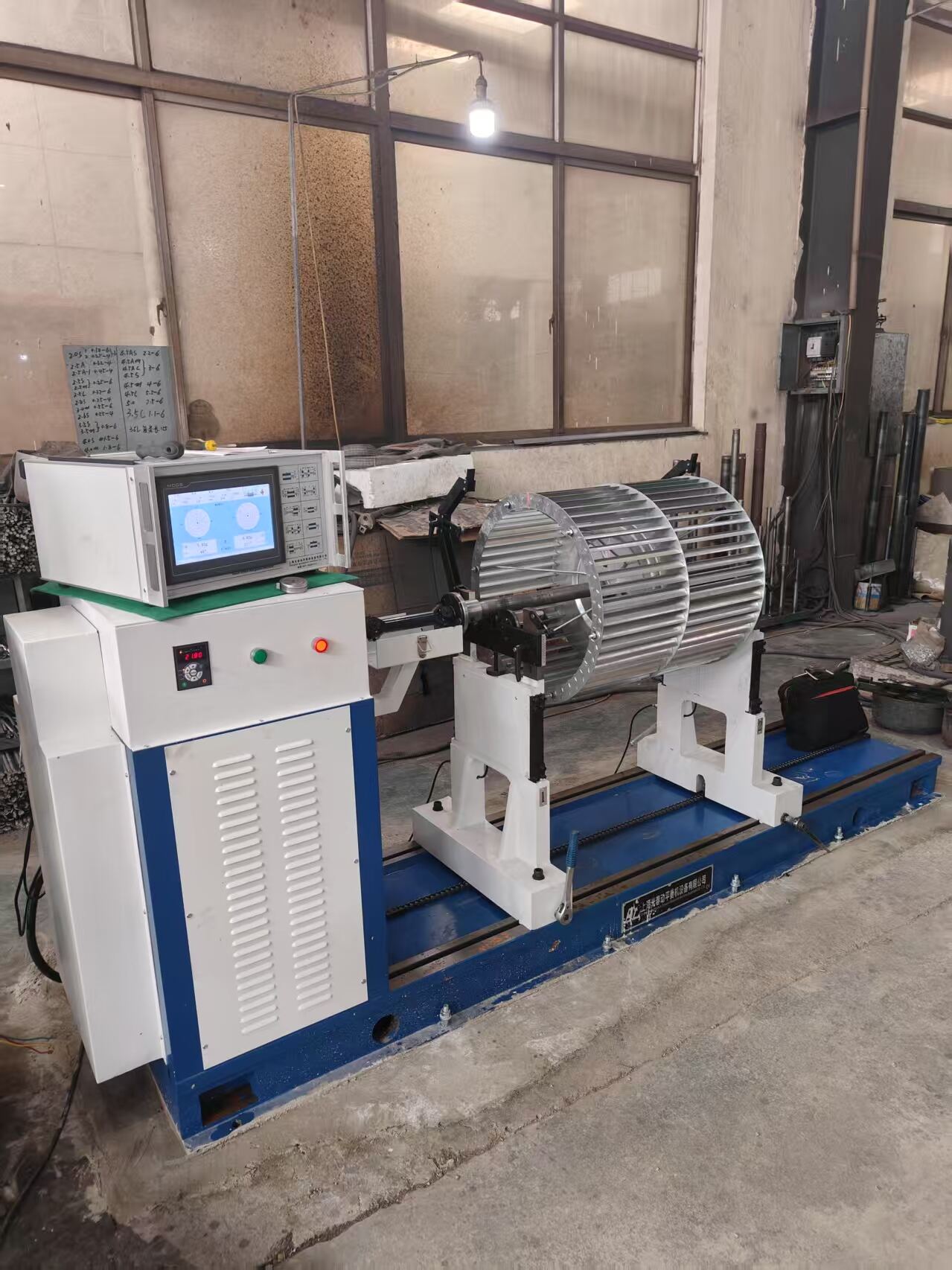static balance vs dynamic balance
Static balance and dynamic balance are two fundamental concepts in mechanical engineering and measurement science that play crucial roles in ensuring equipment reliability and performance. Static balance refers to the equilibrium state of an object when it is at rest, where all forces and moments acting on it sum to zero. This type of balance is measured without rotation and is essential for stationary equipment. Dynamic balance, on the other hand, involves the equilibrium of forces during rotation or movement. It considers not only the distribution of mass but also the effects of centrifugal forces, vibration, and momentum. In industrial applications, static balance testing is commonly used for non-rotating equipment like structural components, while dynamic balance is critical for rotating machinery such as turbines, engines, and fan systems. Modern balancing equipment employs sophisticated sensors and computer-aided analysis to detect imbalances with high precision. The technology has evolved to include laser alignment systems, real-time monitoring capabilities, and automated correction procedures. These advancements have made it possible to achieve extremely precise balance measurements, resulting in improved equipment longevity, reduced maintenance costs, and enhanced operational safety. The choice between static and dynamic balancing depends on the specific application, with some equipment requiring both types of testing to ensure optimal performance.


